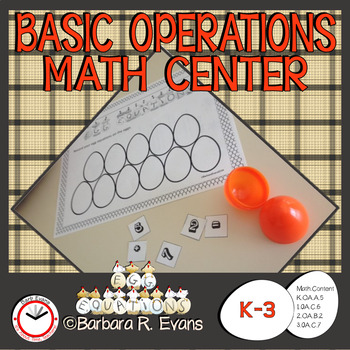It's about time, teachers, for National Poetry Month.
Here are 10 reasons you should teach poetry:
- Poetry enables teachers to teach their charges how to read and find meaning in any text. Figures of speech and literary devices are more readily identified and understood when introduced through poetry (think ELL).
- You can teach grammar by parsing a poem. Students can more readily find and identify parts of speech, inflectional forms, syntactic relations, structure, and morphology when working with a brief poem.
- By examining how poets deviate and/or corrupt the use of punctuation, teachers can draw attention to the power of punctuation (think e e cummings).
- Poetry facilitates the teaching of writing. Skills such as precise descriptions and economical use of words can be honed through poetry (think Mark Twain's famous quote, "I didn't have time to write a short letter, so I wrote a long one instead.")
- Because poetry eschews rules of grammar, otherwise reluctant writers may be more inclined to express themselves in this genre (think song lyrics and rap).
- Poetry can give students an outlet for their emotions. Judith Viorst's poetry is excellent for demonstrating this.
- Reading poetry aloud can build trust and empathy in the classroom.
- Reading poetry aloud promotes speaking and listening skills. Poetry is widely recognized as an efficient means of promoting fluency.
- Through poetry, teachers can foster creative expression. In the age of CCSS and multiple choice, standardized testing, creative expression is too often sacrificed.
- You should teach students to love literature and this is easily accomplished through poetry.
You may like these poetry resources:






















